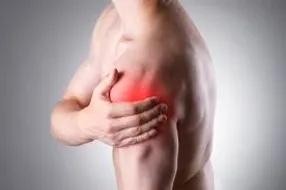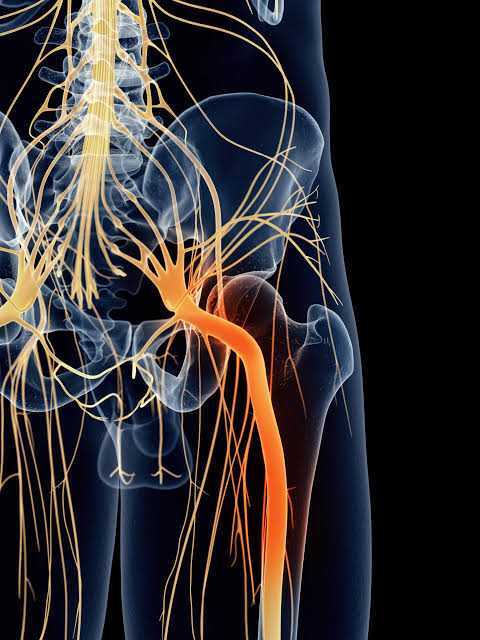You can’t teach an old dog new tricks… or can you?
This old saying is completely incorrect, and when I say dogs, I also mean humans! The amazing thing about the brain is that its plastic (not real plastic obviously) but plastic meaning its pliable and changeable. Our brains are constantly changing from birth right up until the day that we die.
Now don’t get me wrong it’s not easy to teach an old dog new tricks, but with education, behavioural change and repetition it can certainly be done.
The brain is densely packed with billions of neurons and trillions of synaptic connections.
At a young age we start to develop connections of these neurons to create efficient neural pathways, the more you practice these skills / techniques the better you get at it and the more efficient these neural pathways become.
Think of learning to ride a bike for example. When you were learning you had your training wheels on and were a bit shaky and uncoordinated, you probably fell off a few times, but the more you did it the better you got. Then the training wheels came off, and before you could say go you were riding down a hill as fast as you could.
If you try to ride a bike now as an adult (even if you haven’t sat on a bike in 20 years) you would be able to get on and ride it no problem. Your brain has made this efficient neural pathway. This is a learned response through numerous connections in the brain.
Just as we can develop positive skills, thoughts, behaviours and emotions we can also develop harmful ones. Consider pain… Pain is a learned response which is very helpful in the short term but if not managed well can be harmful in the long term.
Let me explain…
We often create stronger neural pathways through association. Think of a painful experience that you have had and try to remember how it felt?
You will often remember the emotional response from that experience far more than the physical?
The hippocampus is responsible for learning and memory, and the amygdala is responsible for processing emotion. These two areas work very closely together and translate the emotion to a particular outcome or behaviour.
Take the example of a low back injury. “I bent forward and then I couldn’t stand back up I had to lay on the floor for 3 hours. I had to wait for someone to get home to help me, I felt helpless and vulnerable. I couldn’t work, I was worried about what might be wrong, I was wondering if I was going to be able to walk again, how will I provide for my family. I can’t get any sleep, I’m frustrated, angry and I can’t exercise. The list goes on. The physical component is just 1 factor. The cascade of emotion that follow is often what is most painful.
If you think back to your painful experience. Due to a strong association between emotion and learning you are far more likely to remember the experience due to the emotional attachment to that memory. The stronger the emotional response the stronger the pain. So, the saying that neurons that fire together wire together holds true. These synapses are glued together via glial cells. This memory is much easier to access now because it has emotion attached to it. The longer this pain experience goes on these neural pathways can ‘hardwire’ into your brain.
Emotion drives behaviour which can be a helpful response. For example, when you touch something really hot for the first time, you learn pretty quickly not to do that again. But this can very unhelpful in long term situations of chronic pain i.e. when a patient has chronic back pain. The emotional response tied to the initial memory of their pain experience when they bend forward to pick something off the ground is now a learned response as something potentially dangerous. This creates a behavioural change to avoid that movement or do it cautiously in fear that it might hurt again. This is fear avoidant behaviour the brains association with that simple movement of bending forward is set to high alert and over protection.
We can now understand how emotions can drive behaviours that may be unhelpful. The more this neural pathway is stimulated the more efficient this pathway becomes. Add in a cocktail of other psychosocial stressors into the mix it can be a vicious cycle with more associations to glue this unhelpful pathway together. To put it simply chronic pain suffers have learned to constantly activate particular areas in the brain responsible for survival by creating a fast neural pathway of overprotection. (Sort of like going from dial-up to NBN)
I know what you are thinking:
“If these negative, thoughts, beliefs, behaviours and emotions are a learned responses then perhaps they can learn positive thoughts, beliefs, behaviours and emotions and stop using the unhelpful ones, right?”
Yes, that’s correct old dog!
With the right education, coping strategies and support network you can most certainly teach an old dog new tricks.
#neuroscience #learning #neuroplasticity #painscience #pain #chronicpain #lowbackpain #hippain




















